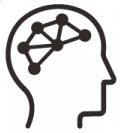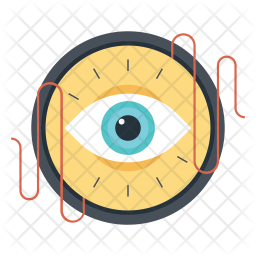TMA-6 history and effects
2,4,6-Trimethoxyamphetamine (also known as TMA-6) is a lesser-known psychedelic substance of the amphetamine class. It has been reported to produce a complex mixture of stimulant, hallucinogenic and entactogenic effects that distinguish it from other psychedelic phenethylamine derivatives like the 2C-x or DOx series.

TMA-6 has no history of human usage prior to the 1991 publication of its synthesis and pharmacology in the book PiHKAL (“Phenethylamines I Have Known And Loved”) by Alexander Shulgin, who called it “one of the most rewarding and pleasurable of the methoxylated amphetamines”. Since then it has been regarded as a novelty in the psychedelics community and is made available for sale only rarely by clandestine laboratory operations.
In terms of its subjective effects, it is known for its lack of classic psychedelic visuals compared to other hallucinogenic phenethylamines and is known instead for its unique stimulating body-high and intoxicating headspace.
Anecdotal reports suggest that TMA-6 is unpredictable and dose-sensitive substance that can produce uncomfortable amounts of body load, nausea, overstimulation, and inconsistencies between experiences.
TMA-6’s psychedelic effects are believed to come from its efficacy at the 5-HT2A receptor as a partial agonist. However, the role of these interactions and how they result in the psychedelic experience continues to remain elusive.

Effects

Physical effects
Stimulation – In terms of its effects on the physical energy levels of the user, TMA-6 is usually considered to be extremely stimulating at levels which do not become overwhelming, resulting in a shakiness and unsteadiness of the hands but encouraging one to move around, run, dance, climb and generally engage in physical activities. In comparison, other more commonly used psychedelics such as psilocin are generally sedating and relaxed.
Spontaneous tactile sensations – The “body high” of TMA-6 is manifested as somewhat intense in comparison to most classical psychedelics such as LSD. The sensation itself can be described as a constantly present yet somewhat mild energetic pins and needles sensation that encompasses a person’s entire body. It is usually felt over every square inch of the skin, but occasionally manifests itself in the form of a continuously shifting tingling sensation that travels up and down the body in spontaneous waves.
Tactile enhancement – Feelings of enhanced tactile sensation are consistently present at moderate levels throughout most TMA-6 trips.
Nausea – Mild to extreme nausea is reported when consumed in moderate to high dosages and either passes once the person has vomited or gradually fades by itself as the peak sets in.
Vasoconstriction – This effect is usually only present at higher dosages, but can be particularly uncomfortable.
Bodily control enhancement, Pupil dilation, Increased blood pressure

Cognitive effects
The cognitive effects of TMA-6 are described as powerful mental stimulation along with undertones of intoxication that can increase the connectivity and rate of conceptual thinking without being overwhelming. The total sum of these cognitive components regardless of the setting generally includes:
Empathy, love, and sociability enhancement – This component is consistently manifested only in the context of social settings in which one is within the company of others. These feelings of sociability, love and empathy are weaker and sharper than those found on substances such as MDMA and 2C-B, but still can elevate one’s mood.
Analysis enhancement, Thought acceleration, Time distortion, Novelty enhancement, Immersion enhan cement, Conceptual thinking, Thought connectivity, Emotion enhancement, Increased music appreciation, Personal bias suppression, Memory suppression, Ego death, Wakefulness, Increased libido

Visual effects
Enhancements
Visual acuity enhancement, Colour enhancement, Pattern recognition enhancement
Distortions
Drifting (melting, flowing, breathing and morphing) – In comparison to other psychedelics, this effect can be described as highly detailed, slow and smooth in motion, static in appearance and unrealistic/cartoon-like in style. Tracers, Symmetrical texture repetition, Colour shifting, Diffraction


